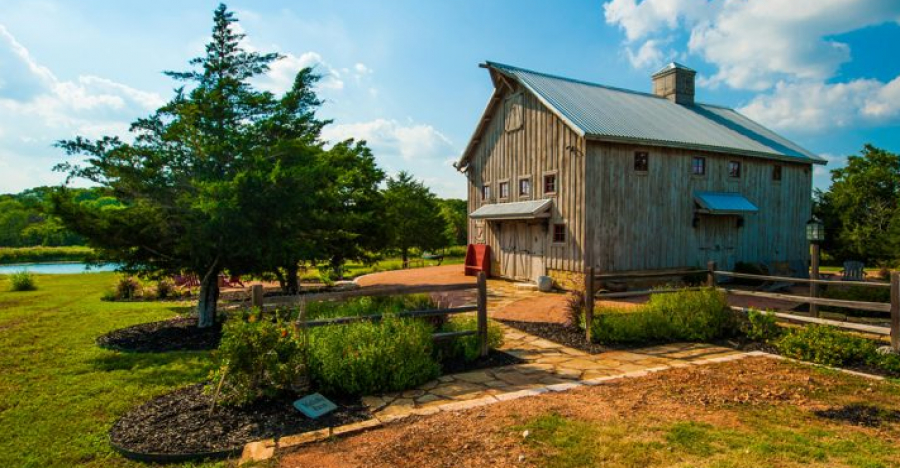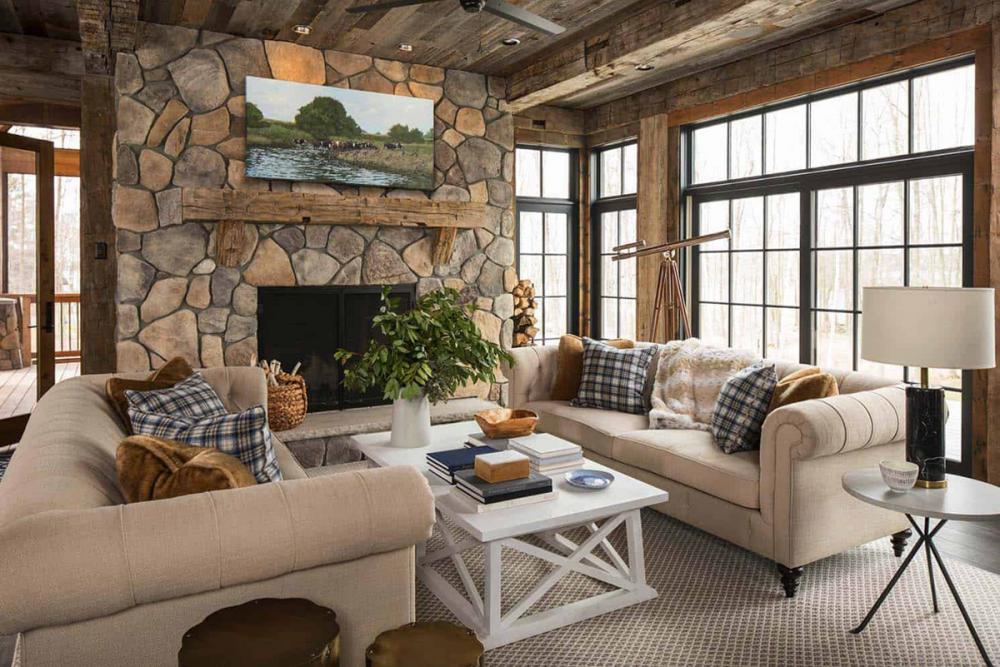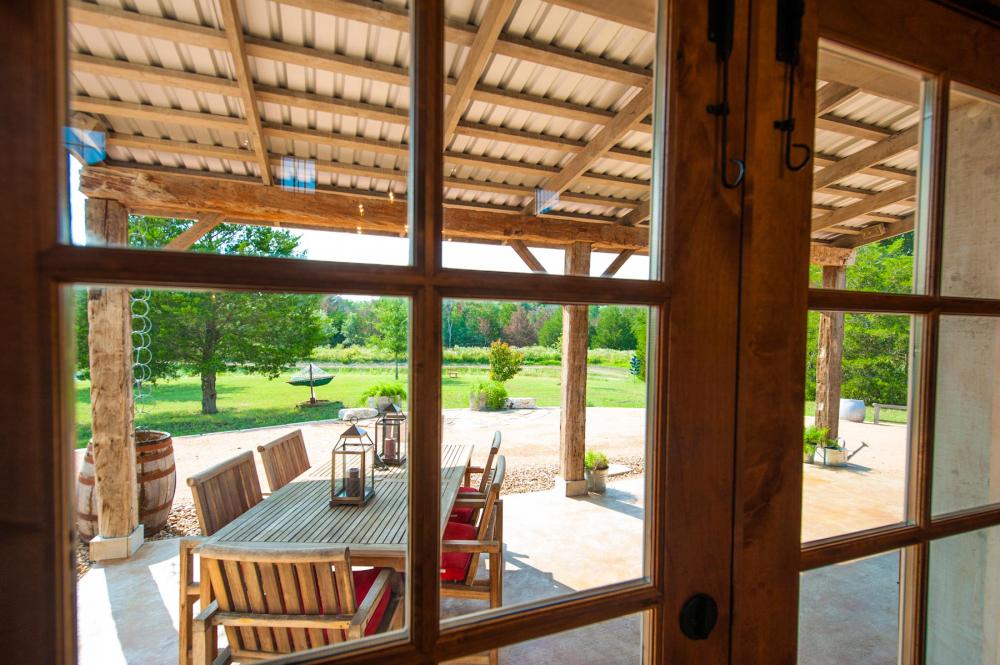This charming, barn-style house caught our eye because it was constructed using a real, hand-hewn timber-framed barn from the 1840s. The plan makes the most of the barn’s modest 864 square foot space. An open loft bedroom, a separate downstairs bedroom and bathroom, a cozy, open great room, and a kitchen area are all included in the traditional home’s floor design. A cupola, barn doors with iron strap hinges, a pent roof over the large barn doors, and a gable-end hayloft entrance with a bonnet at the apex are just a few of the conventional exterior barn design components used in the finished barn-style residence.

This barn home from Greenville, New York is now restored in Brenham, Texas. Barns have a long history in America, and you will find several different styles of barns across the country. The following are some of the popular barn styles you will find.
Bank Barn. The Bank Barn’s beginnings started when farmers still needing more room for cattle, and they started building barns based on the traditional Yankee style into the banks and hillsides, which allowed the farmers to add one or two stories to the barn structure. Most commonly this style of barns had entrances on the gable ends, the bank barns had cupolas and clapboards to help with ventilation. The multiple stories in the bank barn would allow for feed and manure to be kept on the base level, along with some cattle. The second story of the bank barn would be dedicated to the cows, and because of the bank barn’s hillside design, both levels of the barn would be accessible from the ground.

English Barns. The first barns that were built in America came from the design ideas that were brought over from England by the colonists. The English barns were simple, open barn structures that were built with timber-frame construction. The English barns were often windowless, and usually had the entrance doors along the eaves, and didn’t have any basement or loft space. This style of barns was inspired by feudal community spaces found in medieval Europe, the barn designs of the colonists were approximately 30 feet by 40 feet with a threshing floor in the center of the barn. This area of the barn would be in front of the eave doors and would be where the farmer would harvest his wheat. The average farmer of 1700 to 1800s did not have herds of livestock and needed only a barn with a few stables for the family cows and workhorses.
New England/Yankee Barn. The New England or Yankee barns emerged from the original English barn designs, but with more to increase the livestock on the farm. In the 19th Century, farming had shifted to having greater livestock production and dairy farming, so these agricultural needs required a new barn style. The New England/Yankee Barn changed the barn entrance and the exit to the gable ends of the building, so the farmers were able to set up animal stables along either long side of the barn.
This Stunning Rustic Cabin Is Actually A Restored 19th-Century Barn
.jpg)
.jpg)
.jpg)
.jpg)
.jpg)
.jpg)


.jpg)








